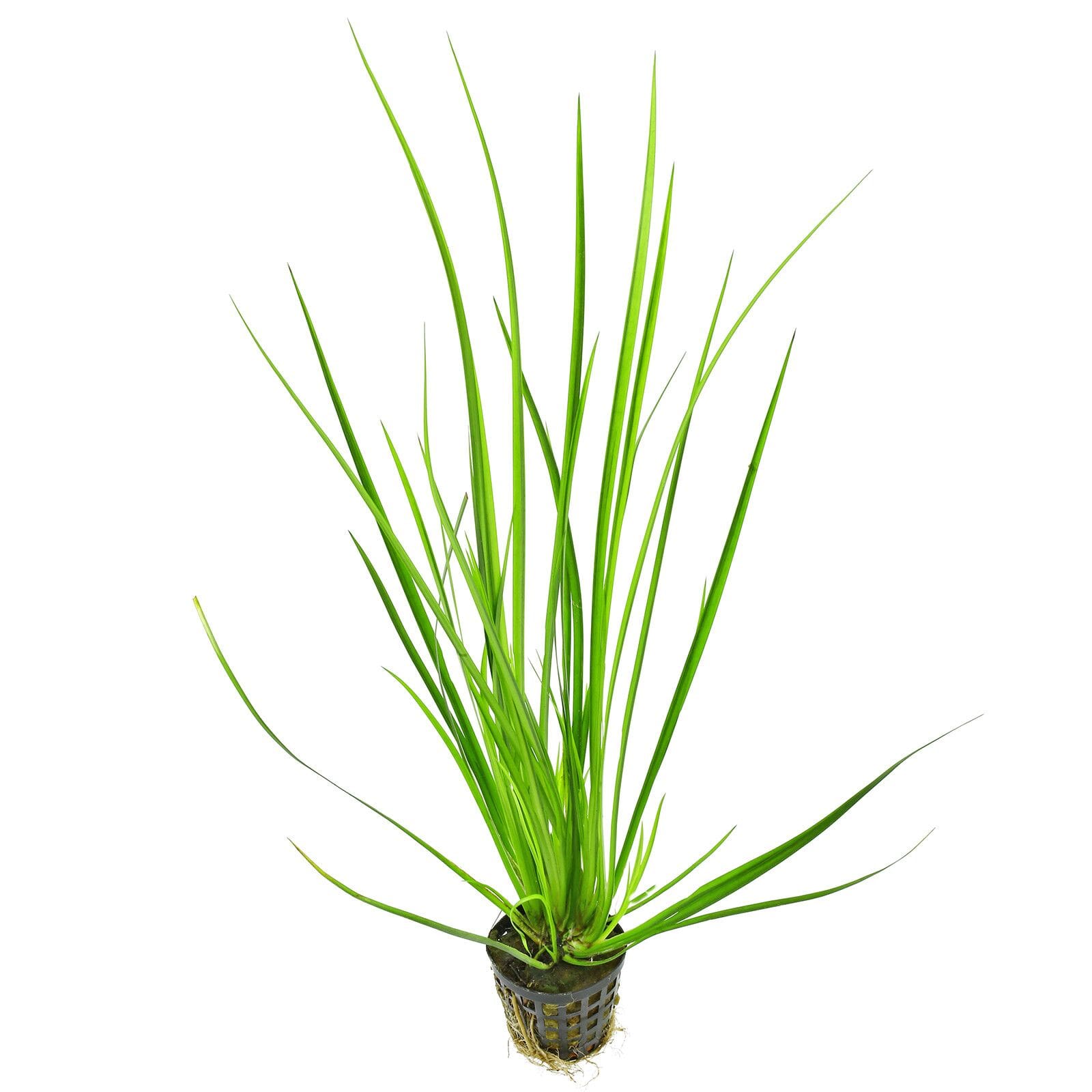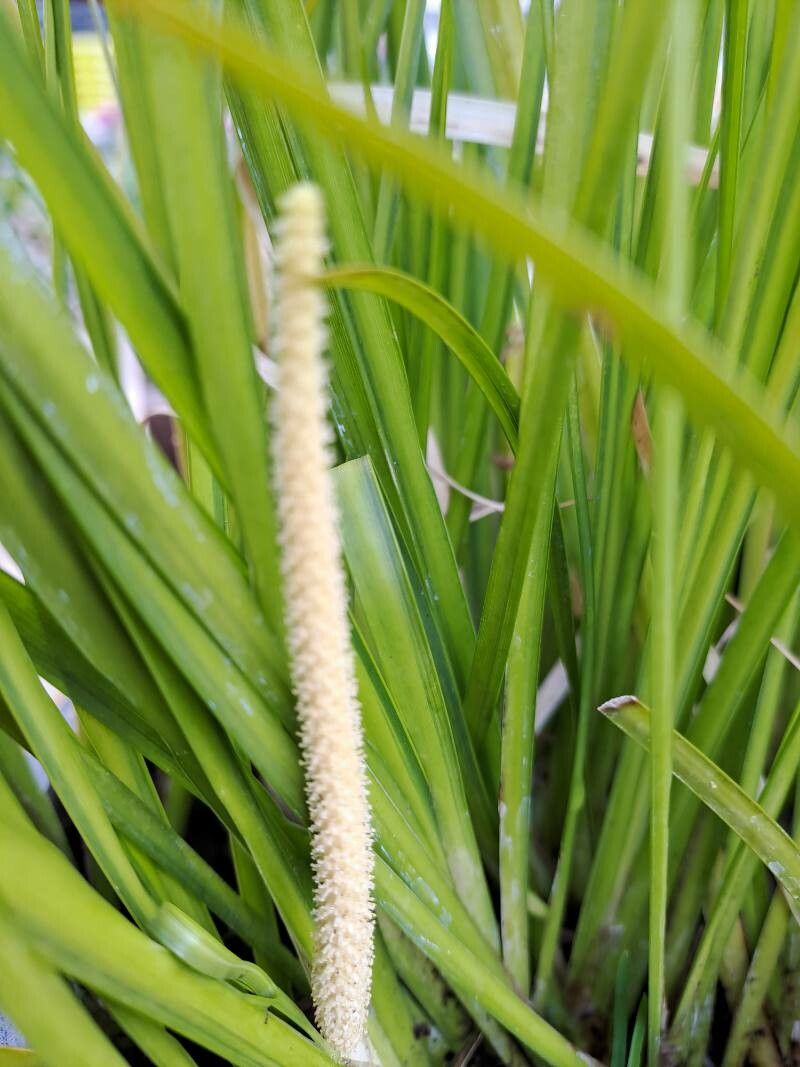In the study of botany, particularly in the sphere of water-based flora, you may have encountered a plant species bearing the peculiar name of ‘Grassleaf Sweetflag.’ Despite its somewhat enigmatic title, this aquatic entity has qualities, virtues, and implications that make it quite noteworthy in ecological, medicinal, and cultural contexts. This article aims to expound upon its characteristics, uses, and overall significance. So, without further ado, let’s enlighten you on the subject of the Grassleaf Sweetflag.

Definition of Grassleaf Sweetflag
The Grassleaf Sweetflag, known scientifically as Acorus americanus, is an enchanting wetland perennial regarded for its attractive foliage and resilient nature. This charismatic plant is recognized for its towering leaves that emanate a unique refreshing fragrance when crushed or bruised. While it is often included in aquatic landscapes for aesthetic appeal, the Grassleaf Sweetflag also plays pivotal roles ecologically and medicinally.
Genus and species
Belonging to the genus Acorus, the Grassleaf Sweetflag bears the full scientific name Acorus americanus. The genus Acorus is a group of plants closely linked to the family Acoraceae, which is home to a limited number of species. However, the most notable among them is the Acorus americanus, sprawling around swamps, marshes, or the banks of streams in the Northern hemisphere.
Origin and distribution
Grassleaf Sweetflag is indigenous to North America, particularly in the regions extending from Eastern Canada to the Midwest United States. Its distribution spans across various ecological areas, marking its presence predominantly in wetland habitats where moisture levels are high.
Physical Appearance
This captivating aquatic plant exhibits a unique set of physical characteristics that separates it from the general foliage crowd. It adorns the waterline with its lush, vibrant green flag-like leaves, lending an exquisite charm to wetland landscapes.
Leaf structure
Grassleaf Sweetflag boasts long, slender, and slightly arching leaves which have a unique crinkled edge. The leaves are arranged in a basal rosette format, bundled at the base, spreading out in an alluring fan-like display.
Color
The leaves of the Grassleaf Sweetflag exude a refreshing green hue, while its minuscule flowers bloom in a shade of pale yellow-green. The color of the leaves intensifies during the growing season, so it’s worthwhile to keep these plants in an environment that encourages growth.
Size and growth rate
This vegetation typically ranges between 2-3 feet in height while the leaves can reach up to 1 cm in width. It exhibits a fast growth rate, leaning more towards the aggressive side, hence taming its growth to prevent over-expansion is crucial.
Flowering stage and seeds
Between late spring to early summer, the Grassleaf Sweetflag delights spectators with its tiny, compact flowers that cluster around a unique spadix (a spike with small flowers), concealed by a leaf-like spathe. This plant rarely produces viable seeds; instead, it tends to favor vegetative propagation.

Habitat and Growth Conditions
The Grassleaf Sweetflag is a highly adaptable plant, favoring diverse habitats that range from nearly dry to submerged conditions, proving its penchant for moist soil.
Water conditions
Originating from aquatic and marshy areas, the Grassleaf Sweetflag is fond of water-rich environments. It can thrive in standing water, making it a coveted choice for water gardens, ponds, and streams.
Soil conditions
Although it is not exacting about soil types, the plant prefers moist, fertile, and well-drained soils. This is why it is commonly found in marshy and wetland areas.
Light requirements and temperature tolerance
This robust plant flourishes well in full sun to part shade. It is also frost tolerant, surviving in USDA hardiness zones 4 through 11, highlighting its impressive adaptability across varied temperature ranges.
Propagation Methods
Grassleaf Sweetflag reproduces through both sexual and asexual modes.
Sexual Reproduction
The plant exhibits sexual reproduction through tiny flowers that cluster on a spadix. However, production of viable seeds through this process is quite rare.
Asexual Reproduction
A favorite propagation method of Grassleaf Sweetflag is through division of rhizomes. This vegetative reproduction ensures identical new plants and promises a higher success rate than sexual reproduction.

Importance in Ecosystem
Significantly, the Grassleaf Sweetflag plays an integral role in maintaining ecological balance and supporting wildlife.
Ecological Role and Benefits
The plant assumes an important ecological role, acting as erosion control along water bodies, owing to its robust root system. Additionally, it is used in water treatment to remove pollutants and heavy metals, playing a part in environmental conservation.
Importance to Wildlife
The Grassleaf Sweetflag serves as a valuable habitat and food resource for certain wildlife species. These include ducks, who consume the seeds and tubers, and marsh birds, who use the plant for nesting and cover.
Interactions with Non-native Species
While interactions with non-native species are relatively less known, the aggressive growth rate of Grassleaf Sweetflag enables it to compete effectively for resources and space, potentially warding off invasive species.
Cultivation and Care
For avid gardeners yearning for a visually arresting and aromatic addition to their aquatic landscapes, the Grassleaf Sweetflag is an ideal choice.
Ideal Planting Time
The most appropriate time for planting this perennial is during the spring, allowing enough time for establishment before winter.
Care and Maintenance Tips
Although known for its resilience, the Grassleaf Sweetflag requires regular care to maintain optimum growth. It entails maintaining a damp soil condition, providing adequate sunlight, and regular monitoring for pests or diseases.
Harvesting and Storage
Harvesting the plant, particularly the rhizomes, should be done in late fall. They can be stored in a cool, dry place for future use.

Pests and Diseases
Grassleaf Sweetflag is relatively resistant to pests and diseases, although it may still confront a few issues.
Common pests
Common pests that might infest this plant are leaf beetles and aphids.
Diseases and Deficiencies
The plant may suffer from fungal diseases, particularly in overcrowded or damp conditions. Nutrient deficiencies, although sporadic, might also occur.
Preventive and Treatment Measures
Regular monitoring, proper spacing, and ensuring ideal growing conditions can largely prevent these issues. Infected plants should be treated promptly with suitable fungicides or nutrient supplements.
Usage of Grassleaf Sweetflag
The Grassleaf Sweetflag, aside from being an admirable ornamental plant, has a multitude of applications, particularly in culinary and medicinal domains.
Culinary Uses
Historically, the rhizomes of Grassleaf Sweetflag have been used as a flavoring agent in spirits, beer, and candies, imparting a unique spicy aroma.
Medicinal uses
The plant is valued for its medicinal properties, notably as a digestive aid, and used to counter ailments such as flatulence and bloating. Its essential oils are incorporated in aromatherapy for their calming effects.
Landscape and Decorative Use
With its striking leaf structure, Grassleaf Sweetflag is often used in landscaping design, particularly in water gardens, pond margins, and wetlands.
Conservation Status
Despite its adaptability and resilience, Grassleaf Sweetflag faces some threats to its conservation.
Current Conservation Status
While not currently enlisted as endangered, the plant has been marked as threatened or vulnerable in certain areas due to habitat loss.
Threats and Challenges
Main threats to Grassleaf Sweetflag include habitat destruction, pollution, and climate change affecting its growth-rate and distribution.
Conservation Efforts and Strategies
Strategies for its conservation encompass habitat preservation, reducing pollution, and encouraging cultivation in appropriate areas.
Research and Studies on Grassleaf Sweetflag
Grassleaf Sweetflag, beyond its visual appeal, continues to be a subject of interest in diverse research domains due to its ecological and medicinal significance.
Recent Research Findings
Recent studies have pointed towards the plant’s ability to remove pollutants from water bodies, setting the stage for potential environmental applications.
Ongoing Studies
Ongoing research is exploring its potential as an alternative treatment for digestive disorders, along with its impact on the overall aquatic ecosystem.
Potential Future Research Areas
Future research might delve into the protective role of Grassleaf Sweetflag against invasive species, its sustainable cultivation methods, and further therapeutic properties.

